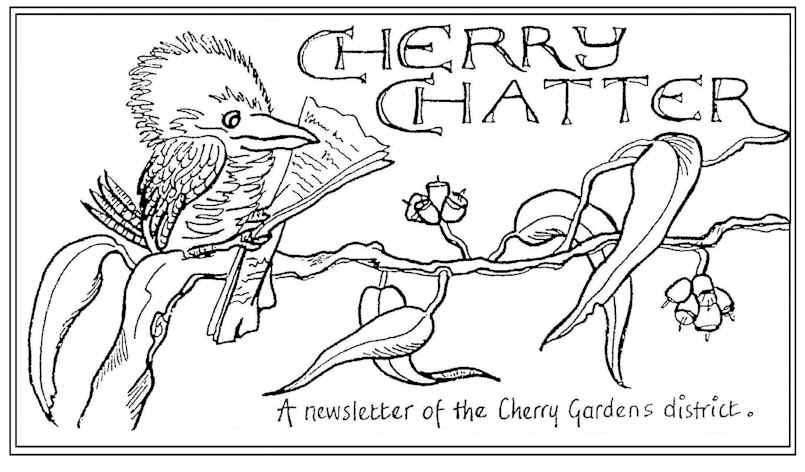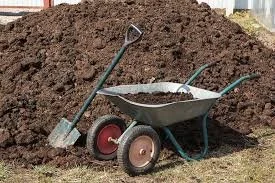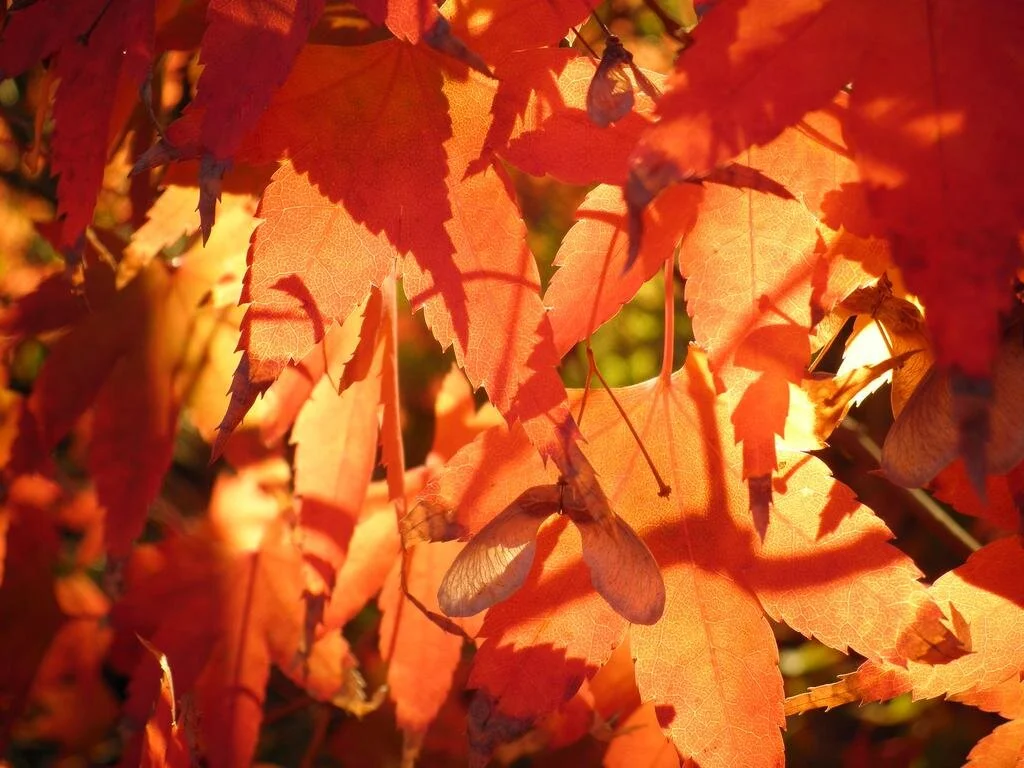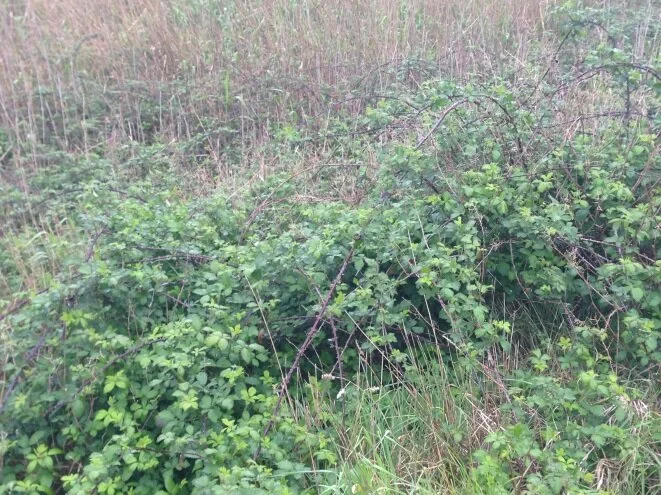Garden Club
On Monday 12th the CGGC were privileged to hear from Kevin Handreck ex CSIRO researcher, author of 3 books among them “Growing Media for Plants and Turf, 50 scientific papers, and a couple of hundred articles in popular, trade magazine articles for the nursery industry.
We heard all about the needs of our plants with regard to soils, specifically the danger of over watering as a knee jerk reaction in either shallow sandy, sticky clay, or water repellent, and/or non draining soils. “Wet feet” can cause rotting of the essential fine root tip hairs with the result that the plants ability to absorb nutrients and moisture is cut off.
We heard of the way to increase drainage by adding gypsum to clay soils, bentonite or diluted clay watered over unwettable soils and the essential need for soil wetter in some of these soils. The waxy substance exuded by micro-organisms after the processing of organic matter can also lead to unwettable characteristics of soil.
We also heard of patches or layers of non wetting soils within a pot or a garden bed. There were many questions from the floor indicating that this is an area of concern for many gardeners.
At the end of the evening Kevin adjudicated our 2018 Tomato Challenge and announced that the plate of cherry tomatoes entered by John Duckmanton was the winner. They fetched a good price on the auction at the end of the evening. Congratulations John who attributed his success to horse manure.
The evening closed with a delicious tasty supper, as usual.
GEORGE’S GARDENING SUGGESTIONS FOR APRIL 2018
• In the veggie garden it is time to plant all of the Brassica family as well as Broad Beans, Onions, and Turnips.
• Flowers to plant this month could include Pansies, Poppies, and Primulas.
• Continue to plant Spring flowering bulbs.
• Feed your fruit trees with a mineral mix just outside of the drip-line of the tree, and water in well.
• Now is a good time to propagate hardwood cuttings.
• Make full use of Autumn leaves as they can be a valuable source of nutrient for the soil.
• Either mulch them or just pile them up, water them down and leave in a heap preferably with some sort of barrier to stop them blowing around. they will eventually rot down to produce leaf mould which can be dug in to improve your soil.
Next Meetings
Monday 9th April - Paul Frost from the Bee Keepers Society of SA.
Monday 14th May - Milton Vadoulis from the Ch44 gardening program “Getting dirty with Milton”













